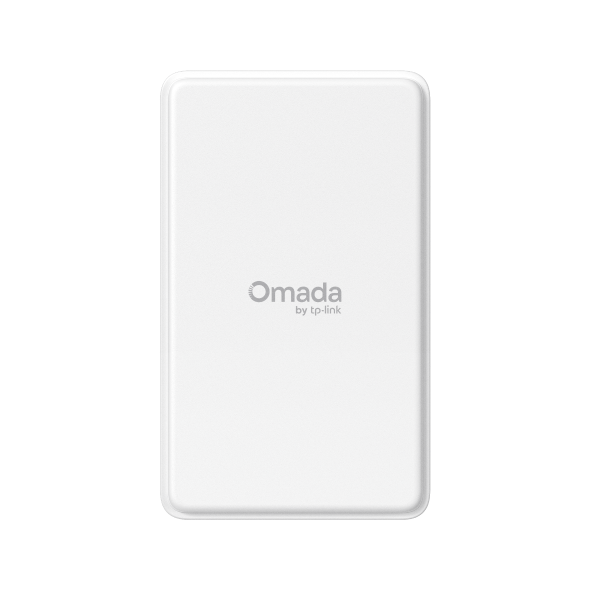How to configure VLAN on Omada Gateway via Omada Controller
Contents
Objective
This article introduces how to configure the port VLAN feature on Omada Gateway via Omada Controller.
Requirements
- Omada Controller (Software Controller / Hardware Controller / CBC, v5.8 and above)
- Omada Gateway
Introduction
Port VLAN configuration consists of ingress rules, PVID, and egress rules. PVID is used to add VLAN tags to the untagged packets received by the port. The egress rule determines whether to retain or remove the tags of packets forwarded by the port based on the tag/untag configuration.
Configuration
Step 1. Log in to Controller, and go to Settings > Wired Networks > LAN > Create New LAN to create VLAN.

Step 2. Configure the Purpose parameter.
- When the interface is selected, a Layer 3 interface will be generated for the VLAN, and you will need to select all the ports included in the VLAN.
- When VLAN is selected, a Layer 2 interface will be generated for the VLAN, and all LAN ports of the gateway will be added to the VLAN, and you do not need to manually select the ports included in the VLAN. Note that it is not common for the gateway to use a pure Layer 2 VLAN.


Here, we use Interface as an example.
- The SFP WAN/LAN2 – WAN/LAN9 ports are added to VLAN2 in tag mode;
- The default PVID for these ports is 1.
Step 3. To change the PVID, go to Devices > corresponding Gateway > Ports > corresponding Port and click the Edit icon. Note that when the port PVID is changed to 2, it will be automatically configured to VLAN 2 in untag mode.


Conclusion
After following the steps above, you have configured VLAN on the Omada Gateway in Controller mode.
Get to know more details of each function and configuration please go to Download Center to download the manual of your product.
Is this faq useful?
Your feedback helps improve this site.
TP-Link Community
Still need help? Search for answers, ask questions, and get help from TP-Link experts and other users around the world.


